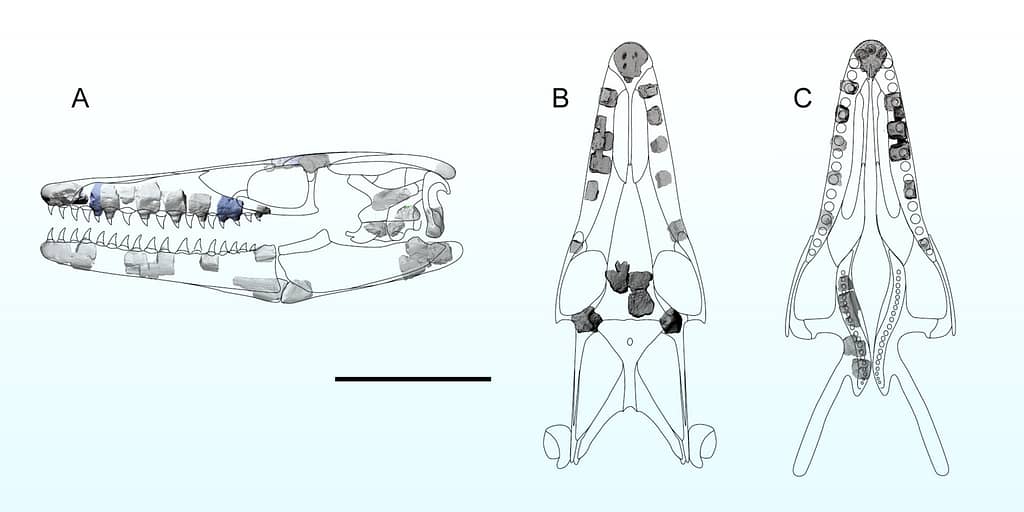
Introduction
A collaborative team of paleontologists from the United States, the Netherlands, and France has unearthed a remarkable find - a new genus and species of mosasaurid called Sarabosaurus dahli.
Mosasaurid and Extinction
Mosasaurs, a group of large predatory marine reptiles, once roamed the world's oceans during the Late Cretaceous epoch, spanning a period of 90 to 66 million years ago. Unfortunately, these magnificent creatures met their demise during the end-Cretaceous extinction event, which also resulted in the extinction of non-avian dinosaurs and caused a significant loss of life on Earth.
Relationship to Other Reptiles
While the precise relationship of mosasaurs to other reptiles remains somewhat uncertain, they are believed to share a close kinship with monitor lizards.
Size Comparison
Among the various mosasaur species, the largest known is Tylosaurus (Hainosaurus) bernardi, boasting an impressive length of up to 17 meters (56 feet). In contrast, the newly-discovered species, Sarabosaurus dahli, was much smaller, measuring approximately 3 meters (10 feet) in length. This marine reptile thrived during the Early Turonian age of the Cretaceous period, approximately 93.7 million years ago.
Discovery and Location
Paleontologist Michael Polcyn from Utrecht University, along with colleagues, declares, "Sarabosaurus dahli is the oldest known mosasaurid taxon from the Western Interior Seaway." The fossil remains of Sarabosaurus dahli were discovered in the Tropic Shale within Utah's Glen Canyon National Recreation Area in the United States, back in February 2012.
Anatomy and Characteristics
The holotype specimen of Sarabosaurus dahli preserves substantial portions of the skull and postcranial skeleton, providing valuable insights into its anatomy and characteristics. One noteworthy feature identified by the team is a distinctive circulatory pattern in the basicranium, the inferior region of the skull, which links this species to the mosasaur subfamily Plioplatecarpinae.
Phylogenetic Analysis
"Our phylogenetic analysis reveals that Sarabosaurus dahli is closely related to Yaguarasaurus and all other plioplatecarpines that diverged later, with Russellosaurus and Tethysaurus as successive sister species," explain the authors. They further suggest that tylosaurine mosasaurids retain the primitive basisphenoid vascularization pattern, indicating a divergence between tylosaurines and plioplatecarpines during the Late Cenomanian or earliest Turonian period.
Scientific Publication
The remarkable discovery of Sarabosaurus dahli is detailed in a paper published in the journal Cretaceous Research. This finding adds to our understanding of the rich diversity and evolutionary history of mosasaurs, shedding light on the ancient marine ecosystems they inhabited.




